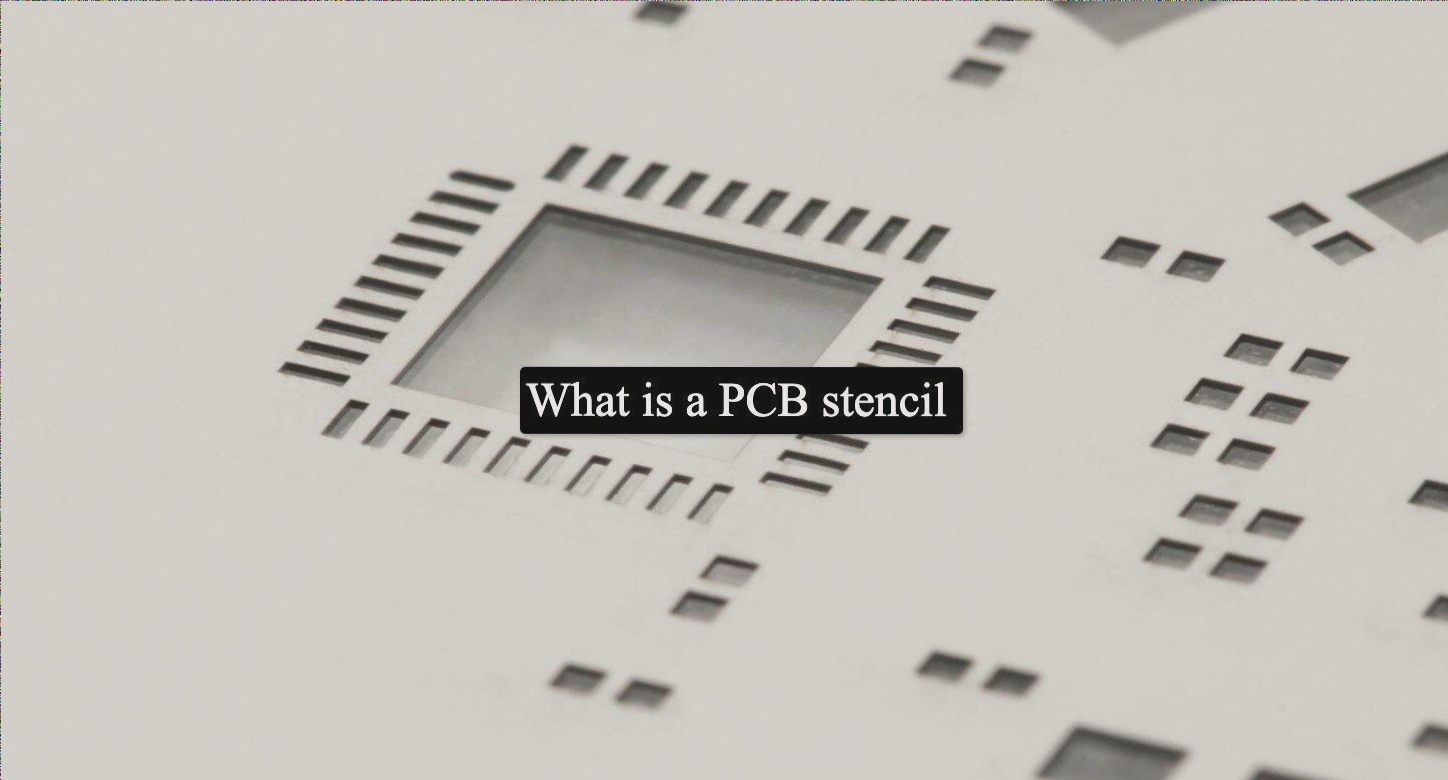Best Practices for PCB Design
1. To ensure proper functioning of a PCB, connect the analog ground and digital ground at a single point near the system ground. If power supply voltages differ, use a 1~2nF capacitor to establish a path for signal return current.
2. When inserting a PCB into a motherboard, separate the power and ground for analog and digital circuits. Ground the analog and digital circuits at the motherboard’s ground, with power connected at a single point near the system ground.
3. Allocate different layout areas for high-speed, medium-speed, and low-speed digital circuits on the printed board.
4. Separate low-level analog circuits and digital logic circuits as much as possible to avoid interference.
5. In multilayer PCB design, position the power plane close to and below the ground plane.
6. Place the wiring layer adjacent to the entire metal plane in multi-layer PCB design.
7. When designing multilayer PCBs, separate digital and analog circuits on different layers. If they must be on the same layer, use techniques like trenching and grounding lines to keep them apart.
8. Arrange clock circuits and high-frequency circuits away from sensitive circuits to minimize interference and radiation.
9. Monitor waveform distortion during long-line transmission to ensure signal integrity.
10. Use twisted-pair and shielded wires to minimize interference. Twist signal and ground wires together to reduce loop area and maintain signal integrity.



